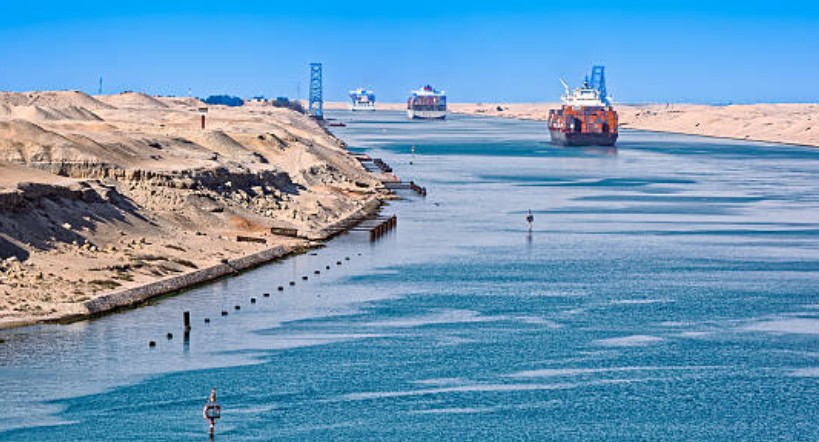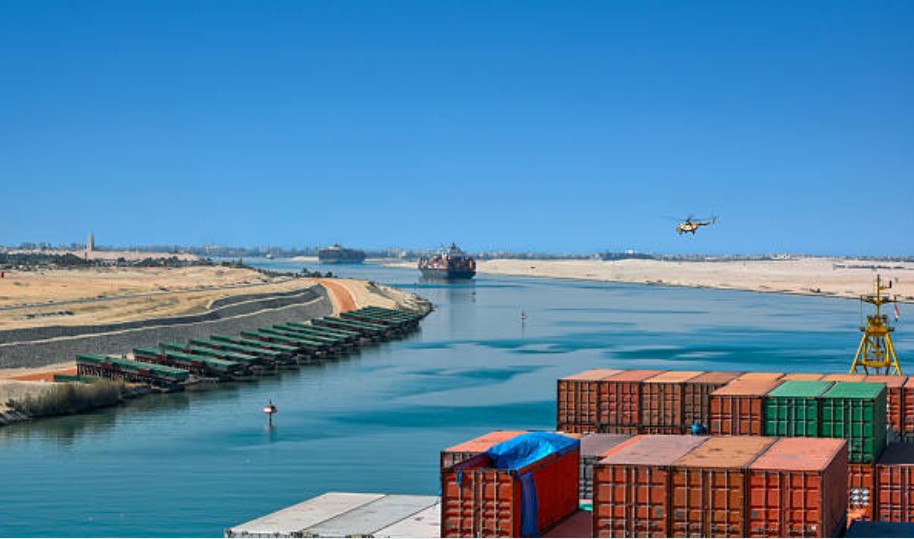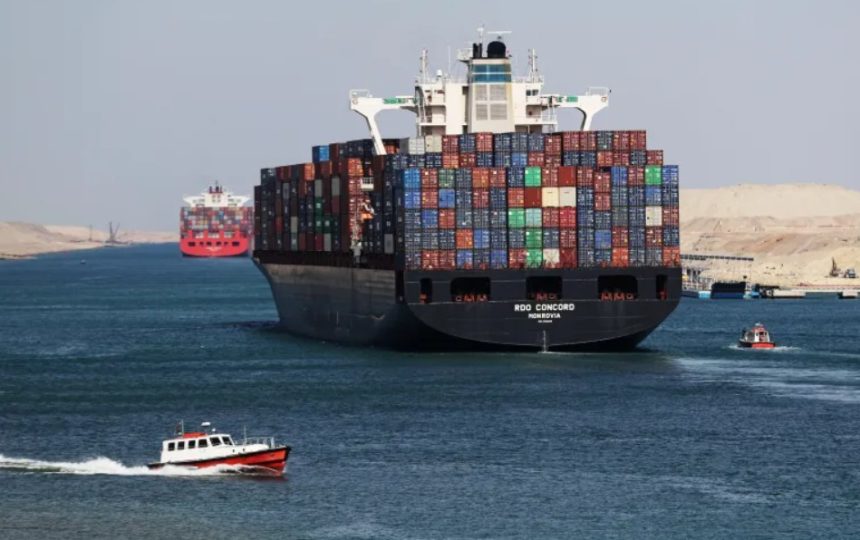Why Does the Suez Canal Keep Getting Blocked – And What’s Really Causing It?
When it comes to global trade routes, few are as crucial—or as vulnerable as—Suez Canal. This narrow, man-made waterway in Egypt connects the Mediterranean Sea to the Red Sea, serving as a vital shortcut between Europe and Asia. But in recent years, it’s become infamous for an unwelcome trend: repeated blockages.
So, why does the Suez Canal keep getting blocked and what is the reason behind these incidents? From oversized ships to unpredictable weather, there’s no single cause, but a growing list of contributing factors. Let’s break it down.
Why Is the Suez Canal So Important to Global Trade?
The Suez Canal plays a pivotal role in international shipping. Completed in 1869, it enables vessels to avoid the far longer and more treacherous journey around the Cape of Good Hope in South Africa.
Key facts:
- Handles approximately 12–15% of global trade
- Facilitates the daily passage of 50 to 70 ships
- Carries an estimated $9 billion in cargo per day
- Reduces the Europe–Asia route by nearly 7,000 km
A blockage doesn’t just delay shipping — it has worldwide ripple effects, impacting everything from fuel prices to supermarket shelves.
How Often Does the Suez Canal Get Blocked?

Historically, the canal has seen occasional closures, but modern blockages have become more frequent and costly.
Perhaps the most infamous incident occurred in March 2021, when the Ever Given, a massive container ship, became wedged sideways due to high winds and navigational difficulty, halting global trade for six days.
Since then, smaller incidents have also made headlines, leading many to ask whether these disruptions are part of a growing trend.
Table: Major Suez Canal Blockages – Timeline & Causes
| Year | Incident | Cause | Duration | Impact |
|---|---|---|---|---|
| 2021 | Ever Given grounding | Strong winds + large vessel | 6 days | ~$60bn in delayed trade |
| 2023 | Oil tanker engine failure | Mechanical fault | 4 hours | 20 ships delayed |
| 2024 | Tugboat collision | Navigation error | 6 hours | Local congestion, minor delays |
What Are the Main Reasons for Suez Canal Blockages?
Blockages typically result from a combination of factors, including environmental challenges and human error.
Common Causes of Suez Canal Blockages:
- Oversized ships that struggle to navigate the narrow canal
- High crosswinds and poor visibility, especially during sandstorms
- Mechanical failure, including engine or steering issues
- Pilot error during tight manoeuvres
- Traffic congestion due to the canal’s limited capacity and one-way sections
Unlike wider or more modern canals, the Suez Canal was not originally designed to handle today’s ultra-large container ships (ULCS), some stretching more than 400 metres long.
Why Do Ship Sizes Matter in the Suez Canal?
In recent decades, shipping companies have adopted larger vessels to improve fuel efficiency and cost-effectiveness. However, these mega-ships present unique challenges in narrow, shallow waterways like the Suez Canal.
Key issues with ship size:
- Limited room to manoeuvre, especially in strong crosswinds
- Deep draughts that increase the risk of grounding
- Long stopping distances and poor visibility from the bridge
- Heavy reliance on local canal pilots, who may be unfamiliar with every vessel’s unique handling
Essentially, many of these ships are at the edge of what the canal can support.
Is the Suez Canal Being Upgraded to Prevent Future Blockages?

Yes. Following the Ever Given incident, Egyptian authorities announced major plans to expand and modernise the canal to reduce future disruption.
Key upgrades:
- Widening and deepening a second lane in the southern section
- Upgrading tugboat fleets for faster response and support
- Expanding bypass areas to reduce single-lane bottlenecks
- Investing in better navigational support systems
These improvements aim to make the canal more resilient, especially as global shipping trends continue to favour larger vessels.
What Happens Globally When the Canal Gets Blocked?
The effects of a Suez Canal blockage are global and immediate. Even a few hours of delay can throw entire supply chains into disarray — a reality exposed during the 2021 incident.
Immediate Global Impacts of a Blockage:
- Delays in the delivery of oil, gas, electronics, and consumer goods
- Increase in shipping costs due to rerouting
- Temporary shortages of items on supermarket shelves
- Congestion at major ports worldwide
- Rise in insurance premiums and shipping risks
Some ships, in response to Suez blockages, have been rerouted around the Cape of Good Hope — a journey that adds 10–12 days and significant fuel costs.
Final Thoughts – Can the Suez Canal Keep Up with Global Shipping Demands?
So, why does the Suez Canal keep getting blocked, and what is the reason? The answer lies in a combination of natural limitations and human-driven complexity. The canal is under enormous pressure to handle larger ships, tighter schedules, and increasingly unpredictable weather.
While recent upgrades offer hope, the long-term sustainability of this vital trade route will depend on:
- Smarter traffic management
- Improved pilot training
- Global coordination in supply chain logistics
Ultimately, the Suez Canal remains a chokepoint of global trade — and every blockage is a reminder of how fragile and interconnected the world’s supply systems truly are.






